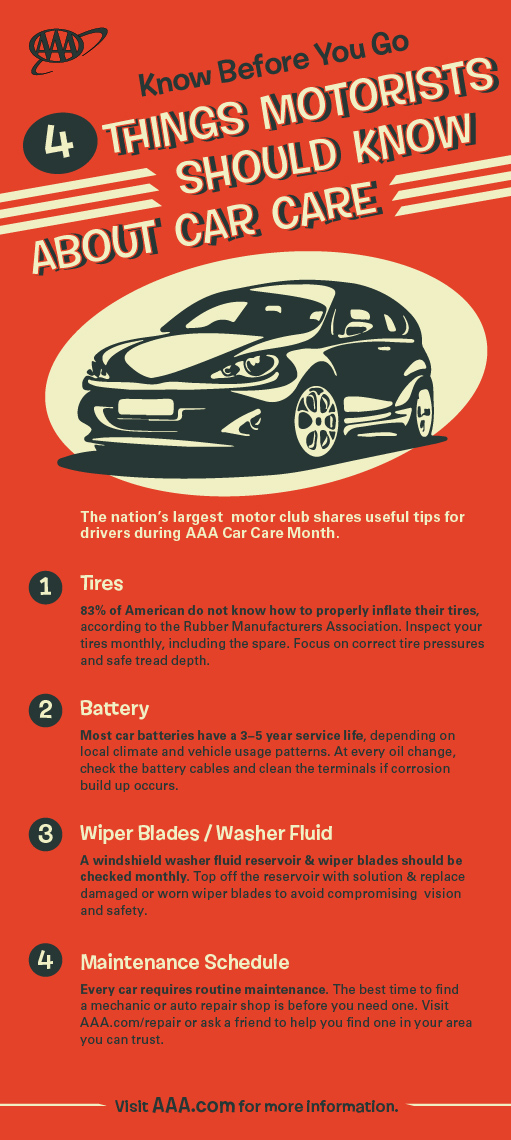When you're behind the wheel, those radiant warning lights on your dashboard can be a little bit perplexing. Do you understand what they're trying to tell you about your automobile's health? Recognizing the value of these lights is vital for your safety and the long life of your automobile. So, the next time among those lights pops up, would not you wish to decode its message accurately and take the needed actions to address it?
Common Caution Lights and Interpretations
Determine usual warning lights in your auto and comprehend their meanings to guarantee safe driving.
The most regular warning lights include the check engine light, which signals issues with the engine or emissions system. If this light comes on, it's essential to have your automobile examined quickly.
The oil pressure cautioning light indicates low oil pressure, requiring immediate interest to stop engine damages.
A flashing battery light may recommend a faulty billing system, potentially leaving you stranded if not attended to.
The tire stress surveillance system (TPMS) light alerts you to reduced tire pressure, influencing car stability and gas effectiveness. Overlooking car upholstery cleaner near me could bring about risky driving conditions.
The abdominal muscle light suggests a trouble with the anti-lock stopping system, compromising your ability to stop rapidly in emergencies.
Finally, car cleaners cautioning light warns of engine overheating, which can cause extreme damages if not fixed promptly.
Understanding these usual caution lights will certainly aid you deal with concerns without delay and keep safe driving problems.
Relevance of Prompt Attention
Recognizing the common warning lights in your cars and truck is only the very first step; the value of promptly resolving these cautions can not be stressed sufficient to guarantee your safety when traveling.
When a warning light illuminates on your dashboard, it's your auto's means of interacting a potential issue that requires focus. Ignoring these cautions can cause more serious problems in the future, endangering your safety and possibly costing you extra out of commission.
Trigger focus to cautioning lights can avoid breakdowns and accidents. For example, a blinking check engine light can suggest a misfire that, if left ignored, could cause damage to the catalytic converter. Addressing this quickly can save you from a costly repair.
Likewise, a brake system cautioning light could indicate low brake fluid or worn brake pads, vital elements for your safety and security when driving.
Do It Yourself Troubleshooting Tips
If you discover a caution light on your dashboard, there are a couple of DIY fixing tips you can attempt before looking for expert aid.
The first step is to consult your car's manual to recognize what the details caution light suggests. Sometimes the concern can be as basic as a loose gas cap setting off the check engine light. Tightening the gas cap may fix the problem.
Another common problem is a reduced battery, which can cause various alerting lights. Checking https://servicetiremonitorsystem39406.worldblogged.com/36100889/the-development-of-car-describing-significant-trends-and-technologies-to-keep-an-eye-on for deterioration and guaranteeing they're secure may deal with the issue.
If a warning light persists, you can attempt resetting it by detaching the automobile's battery for a couple of mins and then reconnecting it. Additionally, checking your car's liquid degrees, such as oil, coolant, and brake fluid, can aid troubleshoot alerting lights connected to these systems.
Verdict
In conclusion, comprehending your cars and truck's warning lights is necessary for maintaining your vehicle running efficiently and safely. By promptly attending to these notifies and knowing what they mean, you can avoid expensive fixings and possible malfunctions.
Visit Homepage in mind to consult your car's guidebook for certain information on each advising light and take action appropriately to make sure a hassle-free driving experience.
Keep notified, remain secure when driving!
